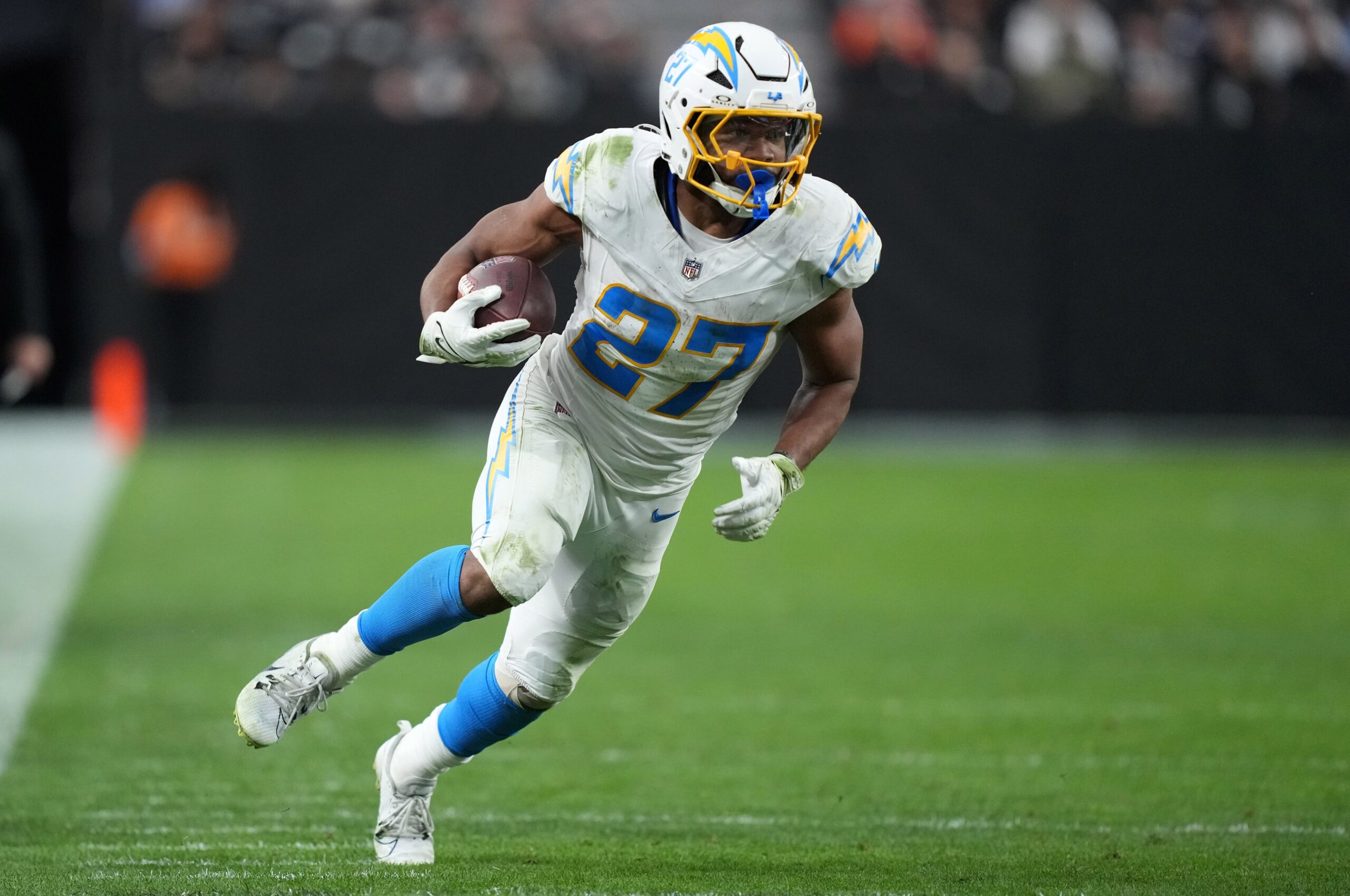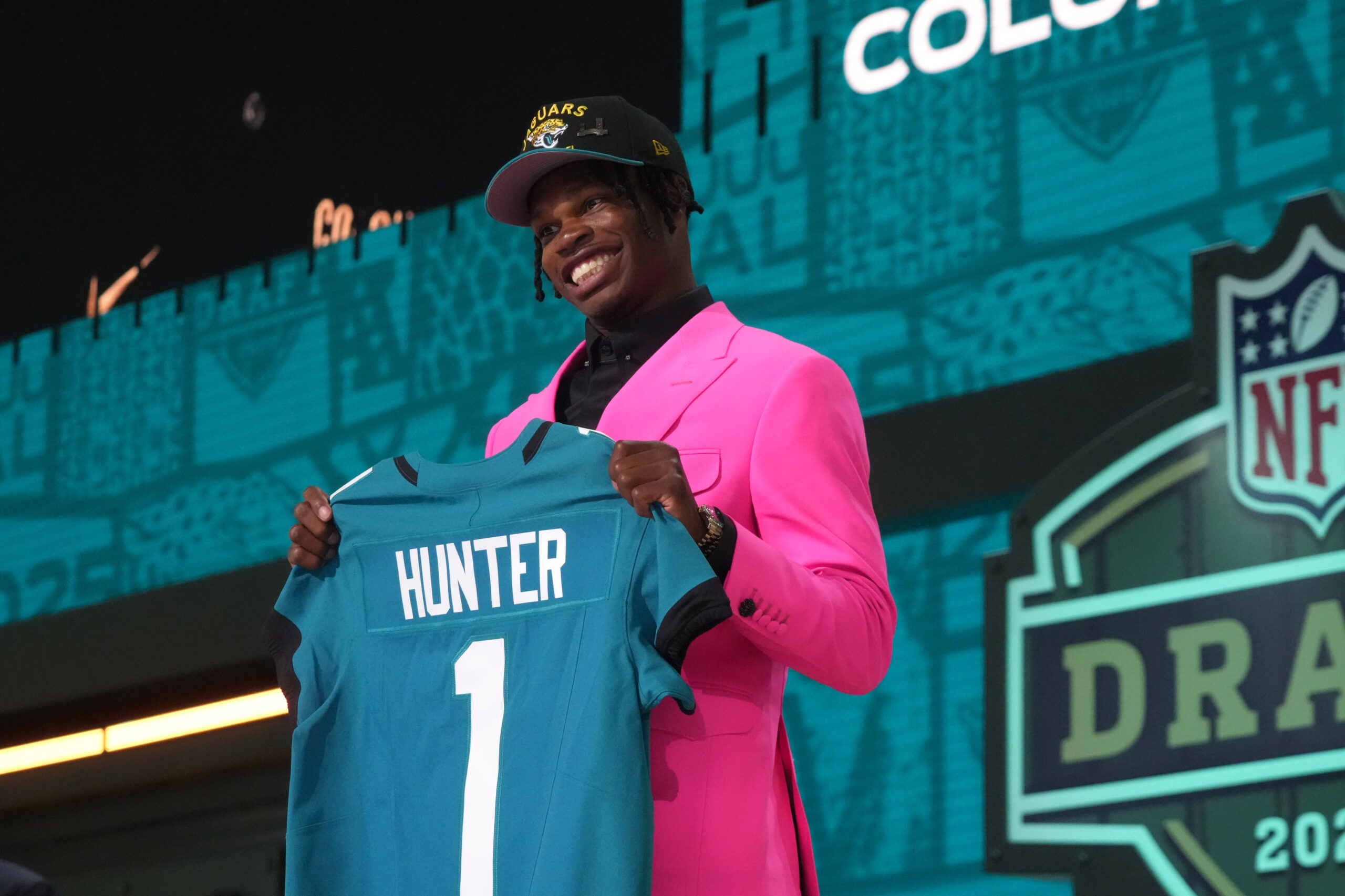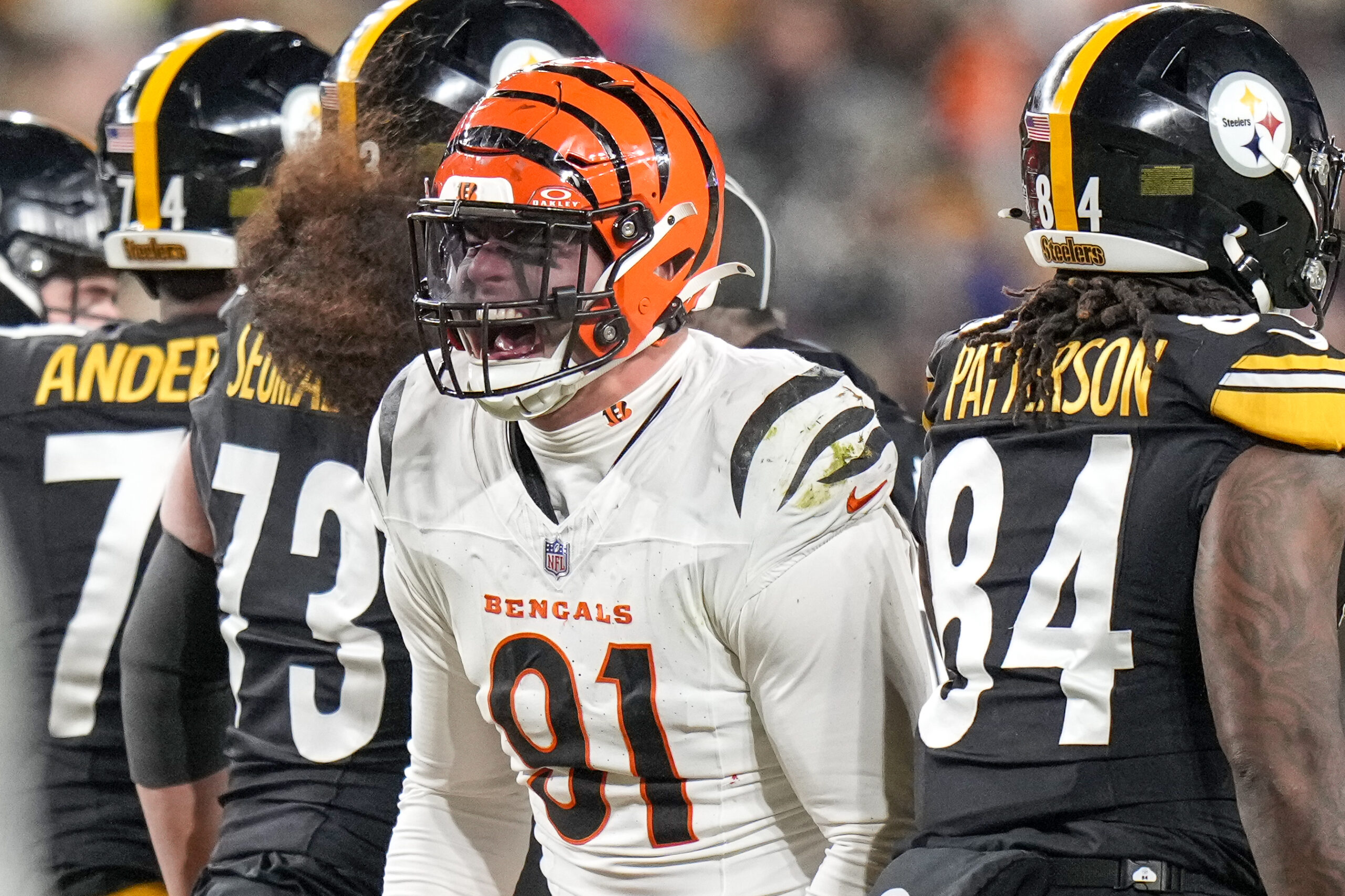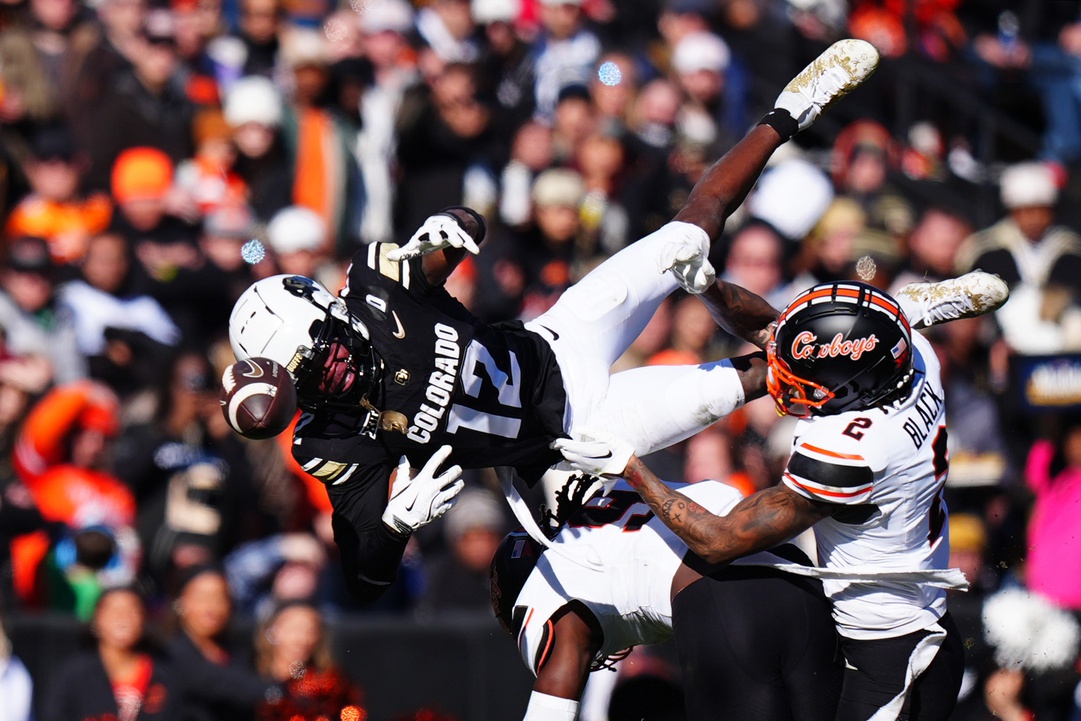Expert Analysis
1/10/25
10 min read
2025 Pro Football Hall of Fame Survey: Who Deserves a Spot in Canton?
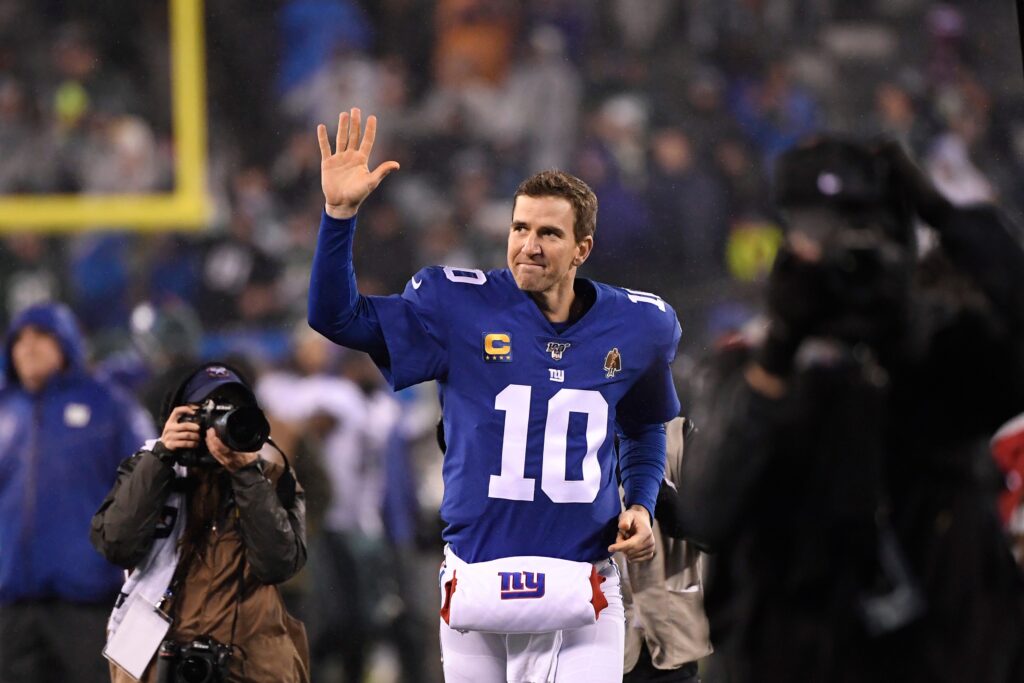
This year, 419 current or former NFL players, coaches, and/or executives were surveyed about the 15 Modern Era Finalists. The group included 26 Hall of Famers.
Each was asked to name a maximum of five players that would make up their “class” for this year. Although most people named five, some named only four, and a handful named less than four. Altogether, there were 2,029 votes cast by the 419 who were surveyed.
Here are the results:
2025 NFL Hall of Fame Survey
| Rank | Player | Votes | Percentage |
|---|---|---|---|
| 1 | Antonio Gates | 288 | 68.7% |
| 2 | Adam Vinatieri | 195 | 46.5% |
| 3 | Luke Kuechly | 194 | 46.3% |
| 4 | Eli Manning | 186 | 44.4% |
| 5 | Terrell Suggs | 168 | 40.1% |
| 6 | Torry Holt | 147 | 35.1% |
| 7 | Jared Allen | 144 | 34.3% |
| 8 | Steve Smith | 117 | 27.9% |
| 9 | Reggie Wayne | 110 | 26.3% |
| 10 | Darren Woodson | 105 | 25.1% |
| 11 | Fred Taylor | 94 | 22.4% |
| 12 | Willie Anderson | 88 | 21.0% |
| 13 | Marshal Yanda | 86 | 20.5% |
| 14 | Eric Allen | 77 | 18.4% |
| 15 | Jahri Evans | 30 | 7.2% |
What about Eli?
The fixation with quarterbacks and the Pro Football Hall of Fame is well known. It is a logical extension of the game and the importance of that position. That leads to the critical question of whether Eli Manning will be a first-ballot selection for the highest honor in America’s biggest sport.
After surveying 419 current or former NFL players, coaches, and executives in my preparation as one of 49 selectors for the Hall of Fame, I have reached an opinion that has all the firmness of Jell-O.
I don’t think so, but Manning could be a first-ballot pick. Even if he’s not, I think he will get in someday, sooner rather than later, which still could be this year. However, it’s unlikely, although you never know.
Am I waffling enough for you?
The annual meeting of selectors for the Pro Football Hall of Fame will be held before the class is announced at the league’s award show before the Super Bowl on February 9. The meeting is always long, thoughtful, and arduous. The system for selecting the annual Hall of Fame class is well-thought-out, considered, and always malleable.
It is also imperfect, so go ahead and complain because I’ve heard every criticism (and even agree with some). Yes, the process is subjective. That’s true of every type of Hall of Fame in every type of activity. Whatever system you construct that allows for human opinion will always create disagreements that can’t be completely satisfied.
And if you want to find the ultimate test case of how much people can disagree about a potential Hall of Famer, Eli Manning is your subject. Within the 419 people I surveyed, some people said Manning was definitively not a Hall of Famer, definitively was a Hall of Famer, and every permutation in between.
So much of the argument is wrapped up in how people value winning Super Bowls.
By all accounts, Manning lived up to the expectation created for him as the No. 1 pick in 2004. He led the New York Giants to two Super Bowl victories and was the Giants primary starter for all but the first and last of his 16 seasons.
His performances on the way to those two Super Bowl wins against New England – Manning essentially slayed the Evil Empire twice – are extraordinary to the point of being mythic. In particular, his throw to David Tyree in the first Giants-Pats Super Bowl is among the five or 10 greatest plays in the game's history.
Manning also deserves credit for handling the rigors of playing in New York, a challenge that has melted others with more fragile psyches. Manning took the slings and arrows that New York fans and media can throw at a player and shrugged them off with nary a care.
The flip side is that Manning also didn’t necessarily max out every moment of his career. Unlike his first-ballot Hall of Fame brother Peyton, whose mania about details was legendary, Eli often played the game as if he had just rolled out of bed on a Sunday morning after a mega-kegger the night before. It could be awesome or awful, but either way, Eli was going to be Eli.
The honors show that. Despite probably being more physically gifted than Peyton, Eli made only four Pro Bowls in his career, never made an All-Pro team, and his overall statistics are relatively pedestrian by the standards of his era.
He was so consistently inconsistent that he ended his career with a 117-117 record as a starter and was just as likely to throw 30 touchdowns in a season (he did it three times) as he was to lead the league in interceptions (three times). He was maddening in his swings between greatness and mediocrity.
So, is he a Hall of Famer from the word go?
Based on my annual survey, it’s highly debatable and very unlikely. Manning finished fourth among the 15 candidates on the list with 186 votes among the 419 people surveyed. That was 44.4 percent. He finished behind the likes of former Chargers tight end Antonio Gates (288 votes, 68.7 percent), former New England and Indianapolis kicker Adam Vinatieri (195 votes, 46.5 percent), and Carolina linebacker Luke Kuechly (194 votes, 46.3 percent).
That’s nice, but those numbers are a long way from being a sure thing to get in on the first try. If you want to be snarky (and yeah, I often do), he’s a quarterback who got outpolled by a kicker.
More to the point, every candidate who has gotten in on the first ballot in the 12 years since I began doing this survey got at least 50 percent. Joe Thomas and Darrelle Revis were both barely over 50 percent. Calvin Johnson, Junior Seau, and Charles Woodson were all over 60 percent. Peyton Manning was at 99 percent only because two voters thought it was too obvious to vote for him and wanted to include other players they thought were underappreciated. Brett Favre was unanimous.
Eli Manning is a long way from any of those examples. Thus, it’s easy to see that Manning may not be such an obvious inductee on the first ballot as many people see.
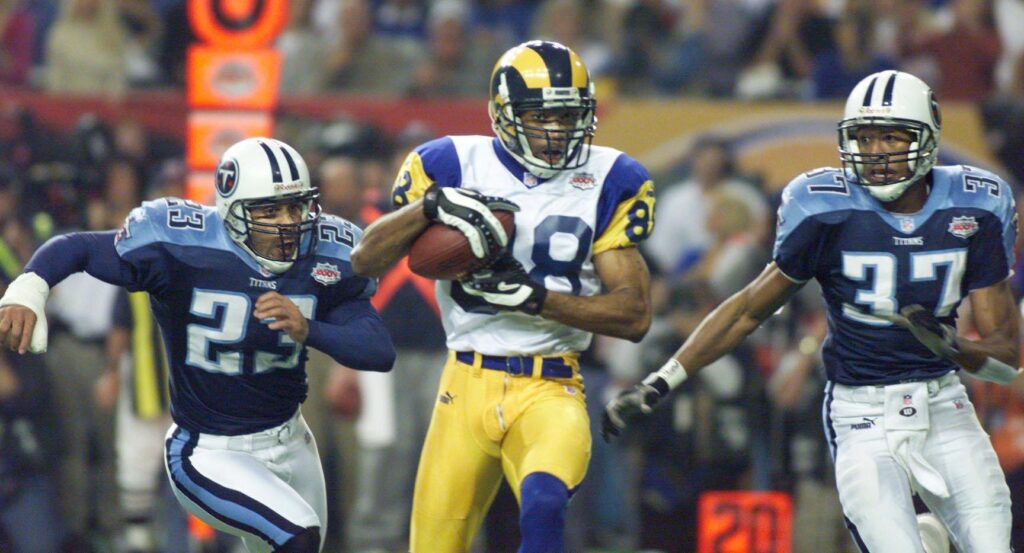
General Observations
For those who think I view this survey as a simple instruction on determining my top five candidates, that’s just not the case. This survey is more of a sorting device than anything else.
With that in mind, here are some observations:
Holt's Year?
There is a tendency for people to vote for only one player at a given position in a given year. There are no rules that say three wide receivers can’t go into the Hall in a given year, but that’s not how it normally goes, and those surveyed generally follow suit.
In this case, Torry Holt, Reggie Wayne, and Steve Smith are the wide receivers available. Smith is in his first year. Holt and Wayne are each in their sixth. Holt started gaining momentum last year by making it through the first cutdown, while Wayne did not. For whatever reason, Holt has more support this season than the other two, but it’s not a huge gap.
Yet, at a time when those three players are almost indistinguishable as candidates, that support could be crucial. This is similar to last year when Andre Johnson went in ahead of Holt and Wayne.
Top Edge Rushers
Likewise, edge rushers Terrell Suggs and Jared Allen are No. 5 and No. 7 on the survey. Both have the credentials to get in, starting with more than 135 sacks each.
Of the 17 players to reach 135 sacks, Suggs and Allen are the only ones not in the Hall of Fame. Will Suggs, who is in his first year, leapfrog Allen? Tough call, but those surveyed like him more, ever so slightly.
Don't Forget About Kickers
The support for Vinatieri is surprising, if for no other reason than, well, he’s a kicker. Jan Stenerud was a first-ballot Hall of Famers, but Ray Guy and Morten Andersen took years to gain support.
My interpretation of Vinatieri is two-fold. First, he was simply that good and so well-known that he is worthy of being one of the top candidates. Second, in a year when there is such a muddle among so many players as to make the entire group almost indistinguishable, it’s good to stand out as a unique player.
Left Tackle or Bust
If you’re not a left tackle as an offensive lineman, you don’t get a lot of love in this survey. Three of the bottom four players on this survey are the offensive linemen. The main reason is that they played anonymously more than most other linemen.
Willie Anderson played in Cincinnati, where he never won a playoff game; he might be the greatest right tackle in the history of the game. Marshal Yanda of Baltimore and Jahri Evans of New Orleans toiled as guards, although Yanda is the most decorated guard of his time with two first-team and six second-team All-Pro selections, eight Pro Bowls, and election to the NFL All-Decade team for the 2010s.
Evans played in a system that put incredible pressure on the guards to keep the front of the pocket clean for quarterback Drew Brees. Obviously, Evans did that extremely well.
A Voting Change
The voting system will feature a significant change that could limit the number of inductees to as few as six overall between the Modern Day players, Senior candidates (Maxie Baughan, Sterling Sharpe, and Jim Tyrer), Coach candidate (Mike Holmgren), and Contributor candidate (Ralph Hay).
For the Modern Era players, the group of 15 will eventually be reduced to seven (rather than the five in the past). From that point, selectors will vote a final time and can’t vote for more than five. A minimum of three players will get in. For a fourth or fifth to get in, a candidate must receive 80 percent of the vote.
A maximum of three of the five senior, coach, and contributor candidates will make it. The reason for this is that there have been complaints in recent years (notably by Deion Sanders, but he is certainly not alone) about the Hall of Fame becoming watered down to simply a Hall of Very Good.
Sanders isn’t wrong, although I personally think the issue is more about the proliferation of Senior candidates rather than among the Modern candidates.
Some Greats Won't Make It
One survey member asked, indirectly, about former Raiders guard Steve Wisniewski. Wisniewski made the semifinalist list of 25 players, eventually narrowed to the list of 15 you see.
Wisniewski was an excellent player and was even second-team All-Decade in the NFL for the 1990s. That’s on top of being first-team All-Pro in two seasons and second-team All-Pro six times. He also had eight Pro Bowl appearances and was named to the league’s All-Decade team for the 1990s.
That’s great, and one survey member asked, “How do you not make it if you were All-Decade?” Well, Wisniewski was a second-team All-Decade player (Bruce Matthews and Randall McDaniel were first-team), and the other second-team All-Decade guard was Larry Allen, a man who might be the most physically imposing and brutally tough guard ever to play the game.
In other words, sometimes “All-Decade” doesn’t mean exactly what you think. Fellow 1990s All-Decade member Richmond Webb was on the ballot at 25 but didn’t reach 15, either. In fact, nine second-team All-Decade players from the 1990s haven’t made it to Canton. Most of them, including Levon Kirkland, Ben Coates, and Hardy Nickerson, probably never will.
That total compares pretty consistently with the All-Decade teams from the 1980s, 1970s, 1960s, and 1950s in terms of the percentage of players who get in. In other words, there are a ton of excellent players who don’t make it. It’s unfortunate, but that’s how this works.


